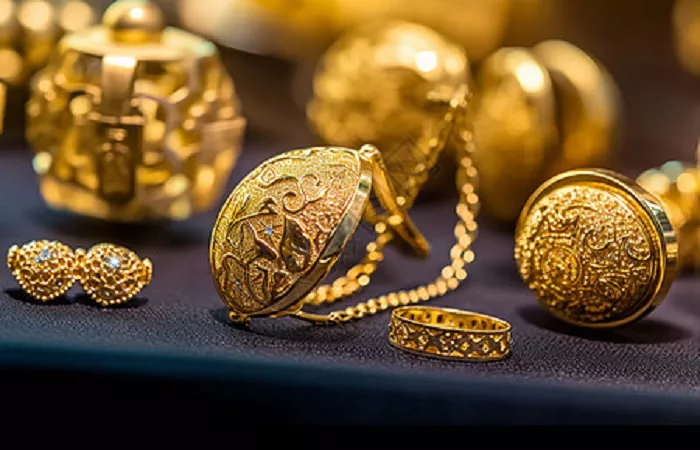The Shanghai Futures Exchange (SHFE) announced on Tuesday that it will open its domestic futures markets—covering gold, silver, and other commodities—to direct participation by overseas investors and brokers, a move analysts say could reshape global pricing dynamics.
The landmark announcement includes 34 reform proposals aimed at fully integrating international players into China’s futures market ecosystem. Key measures include allowing foreign traders and brokers to participate directly on the SHFE without using domestic intermediaries and permitting margin deposits in U.S. dollars and other foreign currencies. The draft rules are open for public feedback until June 4.
“This is essentially a constitutional change for SHFE,” said Tiger Shi, CEO of BANDS Financial. “Access for foreign investors to all SHFE products is now on a fast track.”
Strategic Bid for Pricing Power
China’s move is widely viewed as part of a broader strategy to assert greater control over the pricing of key commodities such as gold and silver. Although China is the world’s largest consumer and importer of precious metals, global pricing remains dominated by established exchanges such as the London Metal Exchange (LME) and the New York-based COMEX.
The SHFE announcement follows a policy directive issued on April 21 by the People’s Bank of China (PBoC) and three other government agencies. The directive—Action Plan for Further Enhancing Cross-border Financial Service Facilitation in the Shanghai International Financial Center—supports the expansion of renminbi (RMB) benchmark prices in global markets and calls for increased collaboration between the Shanghai Gold Exchange (SGE) and overseas trading platforms.
These initiatives position the SGE to directly compete with long-established institutions like the 147-year-old LME, as China aims to expand its financial influence and promote the renminbi as a global currency for commodity trading.
Gold Imports Surge on Rising Demand
The reforms come amid a sharp rise in China’s gold imports, reflecting renewed investor demand and institutional interest. Data released Monday by the Hong Kong government showed that net gold flows to mainland China via Hong Kong rose to 43.5 metric tons in April—up from just 4.9 tons in March—reaching a 14-month high. Total imports via Hong Kong climbed 178% month-on-month to 58.6 tons.
Soni Kumari, commodity strategist at ANZ, attributed the import surge to higher domestic gold premiums in April, which revived previously subdued demand in the first quarter. Central bank buying also supported the increase, she noted.
Separate data from China’s General Administration of Customs released on May 20 confirmed this trend. China imported 127.5 metric tons of gold in April, a rise of 73% compared to March and the highest level in 11 months—even as global gold prices hit a record high of $3,500 per ounce.
Industry insiders said the PBoC issued additional import quotas to commercial banks in April to meet growing institutional and retail demand, driven in part by heightened anxiety over the escalating U.S.–China trade war.
Related topics:
- India Surpasses China in Gold Purchases, Buying 51% More in Three Months
- Qilu Bank Enhances Support for Small Businesses with Innovative Financial Tools
- Bitcoin Poised for a Surge Amid Gold’s Delivery Delays, Expert Claims


